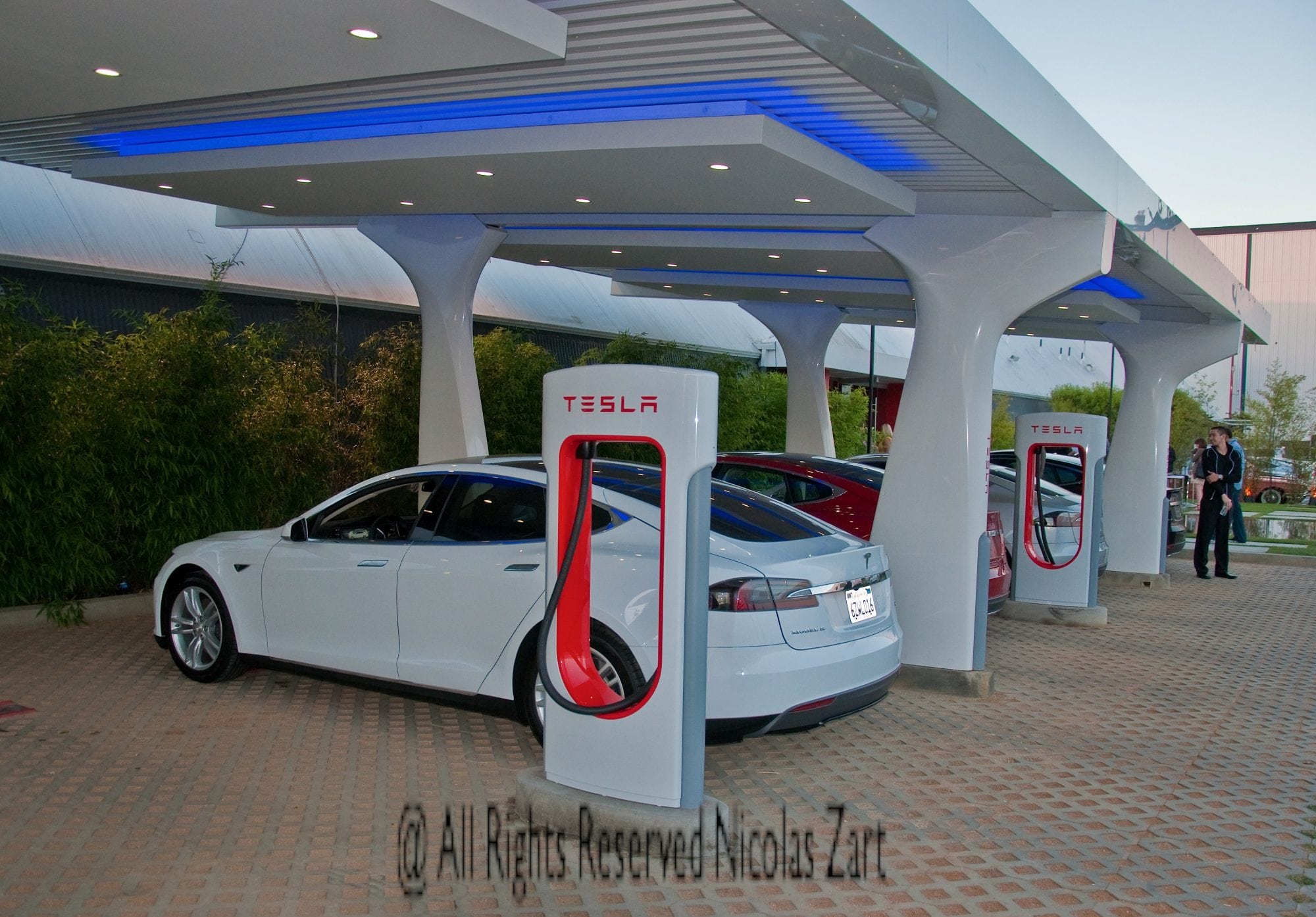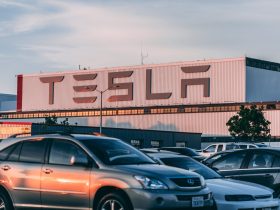Nobody wins when a car hits a deer. High-speed contact with animals, especially deer, are relatively common in the northern United States during the winter months as the animals move down to lower elevations and intermix with people as they forage for food. These collisions are expensive.
A recent survey of CARSTAR Auto Body Repair Experts shop owners finds that the frequency and severity of deer-related accidents are growing as quickly as the deer population in some markets. And, with the cold-weather months providing peak season for deer-vehicle crashes, this risk is on the rise.
The “CARSTAR Bucks and Dough Deer Damage Survey” found that:
- More than 40 percent of CARSTAR store owners report a 25 percent increase in deer-related accidents, while some nearly 12 percent report a 50 percent increase and five percent have seen a whopping 75 percent increase in their areas.
- The cost of hitting a deer is on the rise. Nearly 70 percent of CARSTAR store owners estimate that the average cost of a deer-related collision repair is between $2,500 and $4,999, while some five percent of repairs are between $5,000 and $10,000.
- The most common damage to be repaired was:
- Replace or repair front bumper – nearly 30 percent
- Replace or repair hood – more than 22 percent
- Replace or repair fender – some 12 percent
- Replace headlight – nearly 10 percent
- In one-quarter of deer-related accidents (24 percent), CARSTAR store owners reported the vehicle repairs included a combination of the above repairs, along with replacing the windshield, roof and side panels, and cleaning and repairing the interior after the deer landed in the vehicle.
- Store owners also reported new damage trends, like deer hitting the sides of vehicles or running into the back of the car.
Drive Defensively to Avoid Deer Dangers
This year, some 1.5 million drivers will hit deer, and November-December are the peak months for deer-related accidents. But drivers can avoid an accident with a buck – and spending lots of bucks on the damage – by following some smart driving tips this fall and winter.
Early morning and dusk are the worst times for deer accidents, as visibility is limited and deer are frequently on the move. It is important to drive defensively and anticipate the potential for deer in the road.
- Use extra caution at dawn and dusk and around golf courses, fields and wooded areas.
- Remember that deer travel in packs – if you spot one, there are likely more behind it.
- Don’t swerve to avoid striking a deer, as that increases the risk of hitting another vehicle or losing control of the car.
- If there is no opposing traffic, use high beams at night to better illuminate deer.
- Don’t rely on devices such as deer whistles, which are attached to the outside of a car, to try to scare off deer with an ultrasonic or high-frequency sound. They have not been proven to reduce deer-vehicle collisions.
- If a deer remains on the highway after you strike it, report the incident to the game commission or a local law enforcement agency, as the deer poses a danger to other motorists. If the deer is still alive, don’t go near it because a wild animal with sharp hooves can inflict injuries.
- If an accident with a deer does occur, it pays to be protected. Many drivers don’t realize that carrying only collision coverage does not cover damage from a deer accident, leaving them with a damaged vehicle and a large repair bill. To fully cover any potential damage, drivers should carry comprehensive insurance that covers such crashes. For those driving an older vehicle who feel their cars aren’t worth the cost of the insurance, it’s smart to keep an “accident fund” if something does occur.







